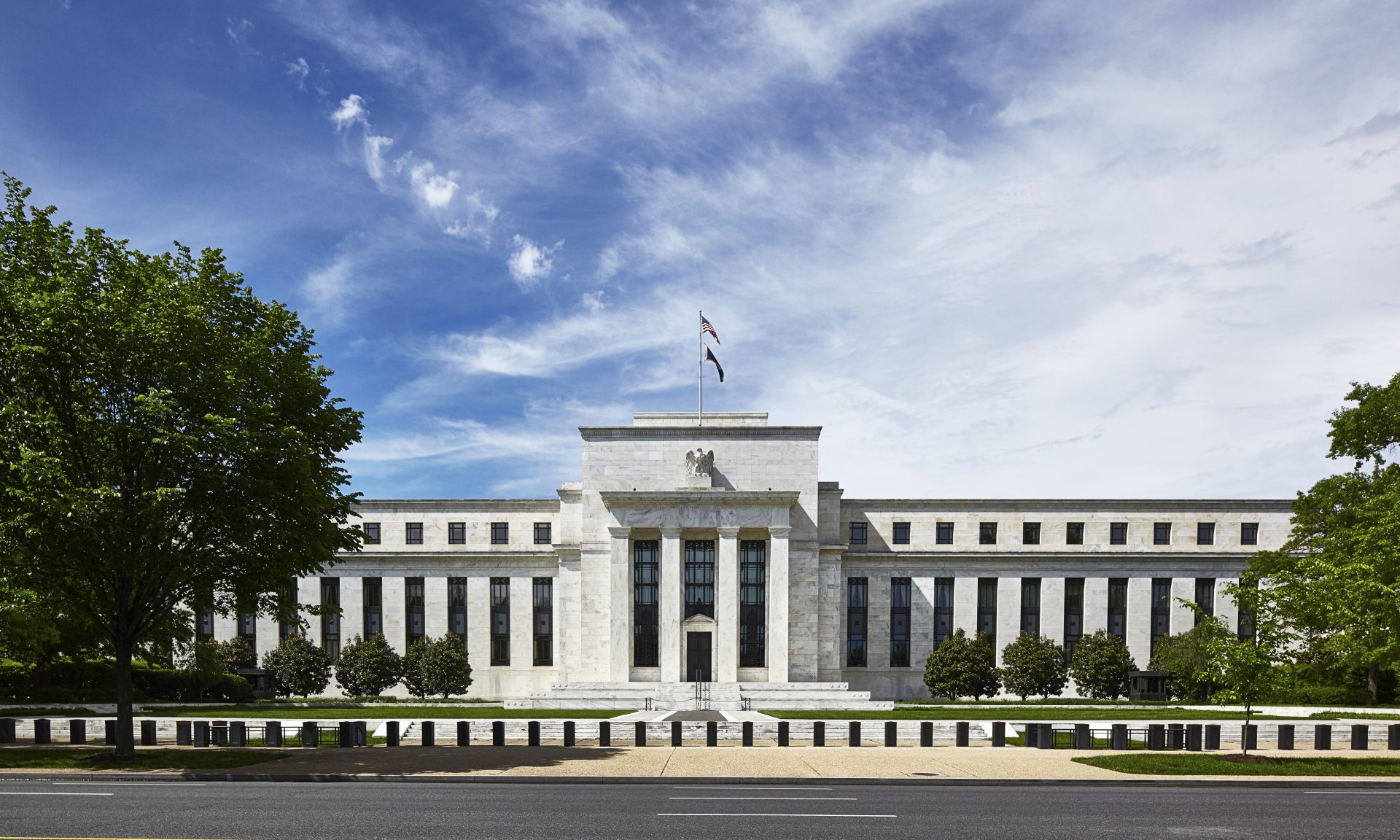The Impact of Federal Reserve’s $300B Balance Sheet Expansion on Crypto: Opportunities and Risks


As the Federal Reserve continues its balance sheet expansion in response to the liquidity struggle facing major U.S Banks, it’s important to consider the potential impact on the crypto market. This article examines how the monetary policy action could affect demand and supply for digital assets, and the opportunities and risks that come with it.
-
The Federal Reserve’s balance sheet expansion through monetary policy actions like QE can increase demand for digital assets like crypto.
-
The latest $300B expansion this week could lead to an increase in demand for crypto as an alternative store of value or hedge against inflation, as more money is printed by central banks worldwide.
-
Despite the potential opportunities, the crypto market remains highly unpredictable, with various other factors like regulation, competition, and security threats affecting prices and volatility. Investors should exercise caution and conduct thorough research before making any investment decisions.
The Federal Reserve (Fed) is the central bank of the United States, responsible for conducting monetary policy and regulating the banking system. One of its main tools to influence the economy is its balance sheet, which consists of assets and liabilities. The Fed can expand or contract its balance sheet by buying or selling securities, such as government bonds or mortgage-backed securities, in exchange for bank reserves.
Bank reserves are funds that commercial banks hold at the Fed or as cash in their vaults. They are used to meet customer withdrawals and regulatory requirements. The Fed can also change the interest rate it pays on these reserves, which affects how much banks are willing to lend to each other and to borrowers.
When the Fed expands its balance sheet by buying securities, it increases the supply of bank reserves and lowers their interest rate. This makes borrowing cheaper and encourages more spending and investment in the economy. This is known as quantitative easing (QE) or asset purchase program.
When the Fed contracts its balance sheet by selling securities, it reduces the supply of bank reserves and raises their interest rate. This makes borrowing more expensive and discourages spending and investment in the economy. This is known as quantitative tightening (QT) or asset sale program.
The Fed’s balance sheet has grown significantly since 2008, when it responded to the global financial crisis by launching several rounds of QE. It reached a peak of $8.965 trillion in April 2022, before starting to gradually reduce its holdings through QT. However, in March 2020, when the COVID-19 pandemic hit, it reversed course and resumed QE to provide liquidity and stimulus to the economy. As of March 8, 2023, its balance sheet stood at $8.34 trillion, but jumped by around $300 billion in the latest week as banks rushed to shore up cash balances.
So how does this affect crypto prices? There are several possible channels:
– Inflation expectations: One of the main risks of QE is that it could lead to higher inflation, as more money chasing fewer goods drives up prices. Inflation erodes the purchasing power of fiat currencies and reduces their attractiveness as a store of value. Crypto assets, such as bitcoin, have a limited supply and are often seen as a hedge against inflation. Therefore, if QE raises inflation expectations, it could boost demand for crypto assets and push up their prices.
– Interest rates: Another risk of QE is that it could distort interest rates and create asset bubbles. Low interest rates make borrowing cheap and encourage speculation in risky assets such as stocks or real estate. High interest rates make borrowing expensive and discourage speculation in risky assets such as stocks or real estate. Crypto assets are also affected by interest rates, but not necessarily in a linear way. Low interest rates could increase demand for crypto assets as an alternative investment with higher returns potential than traditional assets. High interest rates could decrease demand for crypto assets as they become less attractive compared to traditional assets with higher yields.
– Exchange rates: A third risk of QE is that it could weaken exchange rates by increasing money supply relative to other currencies. A weaker currency makes exports cheaper and imports more expensive, which could boost economic growth but also raise import inflation. Crypto assets are denominated in different currencies depending on where they are traded or stored. Therefore, if QE weakens a currency relative to another currency where crypto assets are more popular or accessible (such as USD vs EUR), it could increase demand for crypto assets from investors who want to diversify their portfolio or hedge against currency risk.
– Market sentiment: A fourth risk of QE is that it could create uncertainty about future monetary policy actions and expectations among market participants. Uncertainty can increase volatility and risk aversion in financial markets, which could affect crypto prices positively or negatively depending on how investors perceive them relative to other assets.
In summary, the Fed’s balance sheet expansion by $300 billion in the latest week could have an impact on crypto prices through various channels related to inflation expectations, interest rates, exchange rates, and market sentiment. However, the direction and magnitude of this impact are not clear-cut and depend on many factors, such as the size, duration, and composition of the Fed’s asset purchases.
© 2023 Lighthouse Investments Pty Ltd. All Rights Reserved.

